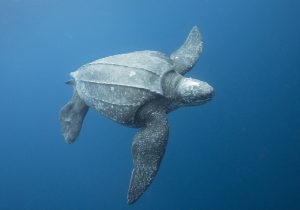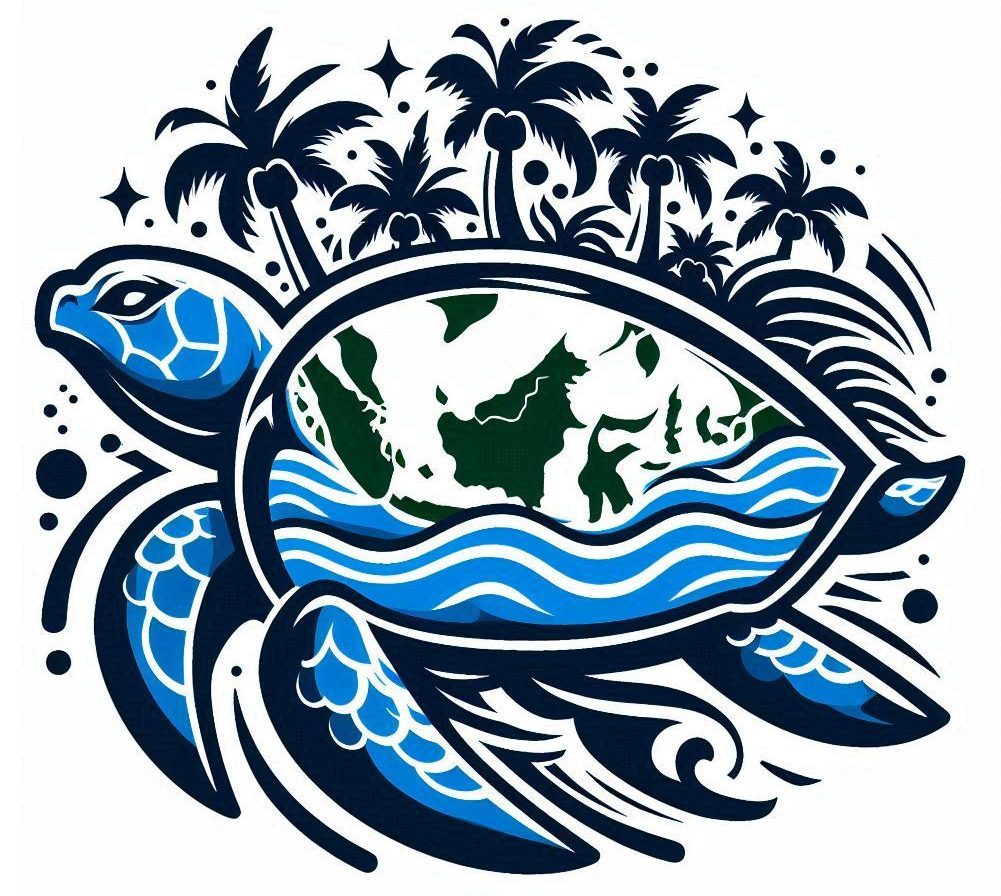Indonesia, known for its stunning landscapes and rich biodiversity, is also home to a diverse array of turtle species. From the majestic leatherbacks to the diminutive painted terrapins, these reptiles play vital roles in marine and freshwater ecosystems. In this blog post, we embark on a journey to discover the captivating world of turtles found in Indonesia.

Exploring Indonesia's Fascinating Turtles: A Comprehensive Guide.
1. Leatherback Turtle (Dermochelys coriacea):

The leatherback turtle, the largest of all sea turtles, frequents the waters around Indonesia. Recognizable by its distinctive leathery shell, these magnificent creatures can reach lengths of up to 7 feet and weigh over 2,000 pounds. Despite their formidable size, leatherbacks are primarily gentle herbivores, feasting on jellyfish as they roam the ocean depths.
2. Green Turtle (Chelonia mydas):

One of the most iconic turtle species, the green turtle, also thrives in Indonesian waters. Named for the color of its fat rather than its shell, these herbivorous reptiles play crucial roles in maintaining the health of coral reefs through their grazing habits. Unfortunately, green turtles face numerous threats, including habitat loss, poaching, and accidental entanglement in fishing gear.
3. Hawksbill Turtle (Eretmochelys imbricata):

With their strikingly patterned shells and beak-like mouths, hawksbill turtles are among the most visually distinctive species found in Indonesia. Despite their beauty, these turtles are critically endangered due to illegal trade in their shells, which are prized for use in jewelry and ornaments. Efforts to protect hawksbill turtles and their habitats are crucial for their survival.
4. Painted Terrapin (Batagur borneoensis):

In addition to marine turtles, Indonesia is also home to various freshwater species, including the painted terrapin. Endemic to the region, these colorful turtles inhabit rivers and estuaries, where they feed on a diet of aquatic plants and small invertebrates. Unfortunately, painted terrapins are highly endangered, primarily due to habitat destruction and collection for the pet trade.
Conclusion:
Indonesia’s diverse turtle species face numerous threats, including habitat destruction, poaching, and climate change. Conservation efforts are essential to safeguard these iconic reptiles and the ecosystems they inhabit. By raising awareness, supporting conservation initiatives, and advocating for sustainable practices, we can ensure a brighter future for Indonesia’s turtles.
